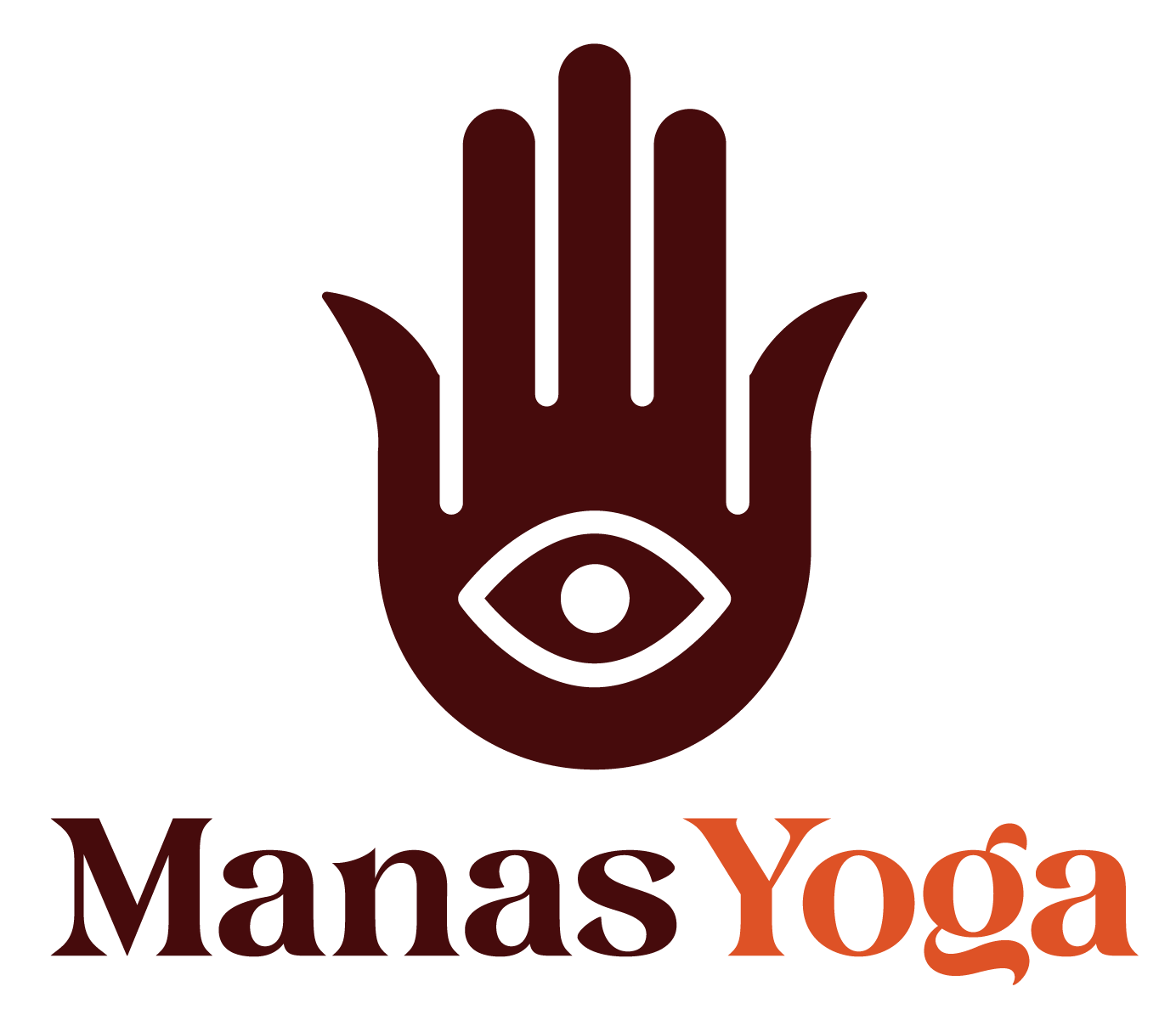What are the Bandhas?
Bandhas were first described in tantric literature, bandhas meaning “to bind” are muscular contractions in the physical body that retains the circulation of prana in the subtle body. They are a series of internal energy gates which assist in the regulation of the pranic flow. You may think of them as valves that work similarly to valves within the circulatory system. When the heart beats, blood surges through the arteries and veins. Valves keep blood from sloshing through the heart. The bandhas regulate the flow of prana (life force) similarly within the subtle energy channel known as the Nadis. When engaging locks, energy is forced to spread throughout these pathways. We are then able to assimilate this energy on a cellular level as the prana bathes and feeds our subtle body and balances the gross nervous system.
The three primary bandhas – Mula bandha, Uddiyana bandha, and the Jalandhara bandha – are described in the Hatha Yoga Pradipika and the Gheranda Samhita. All three are described as being done while sitting, primarily in conjunction with pranayama practices but never in conjunction with asana.
The first bandha a yogi should master is the Jalandhara bandha, jala meaning a net, mesh, or web. This is mastered while practicing Sarvangasana (shoulder stand) and its cycle. In Jalandhara bandha the neck and throat are contracted and the chin is made to rest on the chest. The Jalandhara bandha regulates the follow of blood and prana to the heart, the glands in the neck, and the head together with the brain.
Mula bandha is the root lock. It is called so because of its location at the base of the spine. It refers to the principal location between the anus and the genitals. There is a difference in location for this bandha in males and females. In males, the Mula bandha is located at the perineal muscle; for females it is located at the top of the cervix. Contract the muscles in this area, and lift them vertically towards the navel. Simultaneously, the lower anterior abdomen below the navel is pressed backward and upwards toward the spine. This should be learned while doing tadasana, Sirsasana, Sarvangasana, Urdhva Dharunasana, Ustrasana and Paschimottanasana.
The Uddiyana Bandha meaning flying upward is performed by exhaling fully and then drawing the lower belly inward and upward while simultaneously lifting the diaphragm. This bandha is utilized during exhale retention phase of pranayama (breathing exercises). The contraction is then released for the inhale to repeat fully. Uddiyana bandha is not recommended to be done with the asana practice.
When practiced together, these three major bandhas create Maja bandha (the great bandha). By practicing the Maja bandha, the Ida, the Pingala, and the Susumna become active, allowing the prana and breath to become still.
Learn more about the bandhas. Here at Manas Yoga Studio, we offer 2 Ashtanga classes every week, a myriad of other classes wherein the bandhas are thoroughly incorporated and explained. You can check our classes to book and find out the class that fits best for you.
